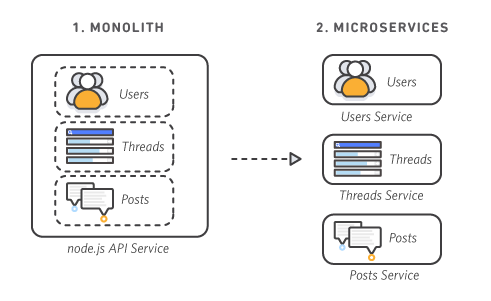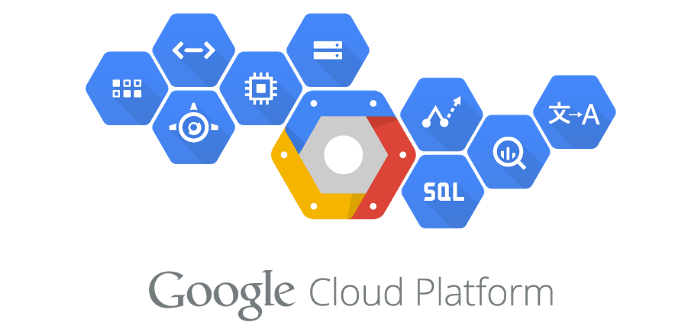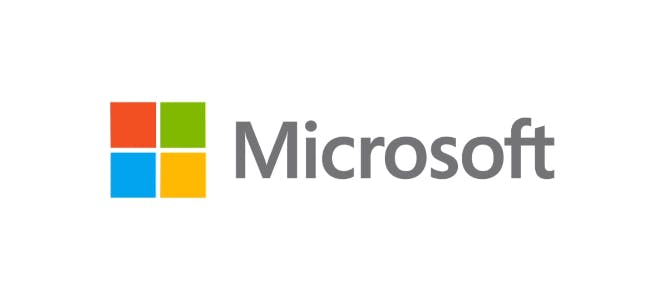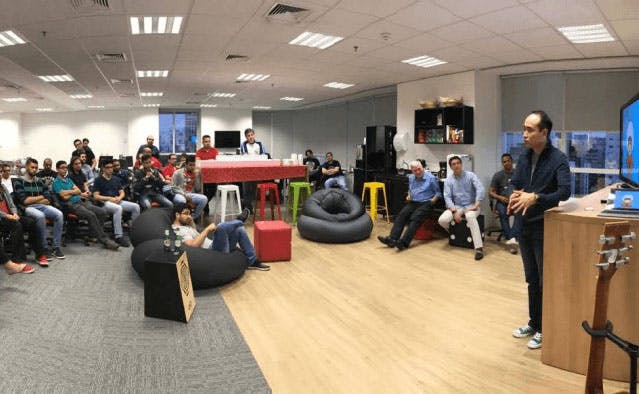
Photo by ThisisEngineering RAEng on Unsplash
Introduction to Serverless and Functions as a Service (FaaS) for dummies!
Serverless? Functions as a Service (FaaS)? What is the purpose? AWS Lambda? Who uses it? Google Functions? Cases? Azure Functions?
In the past, we had software that was developed under monolithic architectures and ended up with highly coupled processes, they were not prepared to be scalable, much less to evolve, and because they are highly coupled, a single point of failure could impact the entire solution, causing the unavailability for the customer.
As time went by, he saw the need to create more adaptable systems for diverse and independent groups. With that, the idea of separating software into “services” arose, each one performing a specific function in an independent, specialized and scalable.
 Adopting the microservices' architecture, we achieve greater development agility, flexible scalability to the client’s scenario; we make the solution easier to be implemented, we gain greater freedom to work with different technologies in the same project, in addition to making the code reusable and with the independence between the microservices we gain more resilience to the adversities of the environment, that is, the possibility of the system to continue working without the functionality of a service affecting the entire system.
Adopting the microservices' architecture, we achieve greater development agility, flexible scalability to the client’s scenario; we make the solution easier to be implemented, we gain greater freedom to work with different technologies in the same project, in addition to making the code reusable and with the independence between the microservices we gain more resilience to the adversities of the environment, that is, the possibility of the system to continue working without the functionality of a service affecting the entire system.
 Aiming to simplify even more, companies that have cloud computing solutions such as AWS, Google, and Microsoft, among others, started to create solutions where it is abstracted and facilitates the management and configuration of the server infrastructure (Serverless), enabled scalability continues, they created business models where the user pays only for the computing time consumed, in addition to enabling uniform performance, in practice the developer is only concerned with the development of the function and the availability of this function as a service, creating a new approach known as Function as a Service (FaaS).
Aiming to simplify even more, companies that have cloud computing solutions such as AWS, Google, and Microsoft, among others, started to create solutions where it is abstracted and facilitates the management and configuration of the server infrastructure (Serverless), enabled scalability continues, they created business models where the user pays only for the computing time consumed, in addition to enabling uniform performance, in practice the developer is only concerned with the development of the function and the availability of this function as a service, creating a new approach known as Function as a Service (FaaS).
 Accompanied by this approach to functions as a service, AWS created the AWS Lambda solution that, in addition to incorporating addressing functions as a service, can also connect to your other solutions in your cloud and create diverse solutions in cloud computing.
Accompanied by this approach to functions as a service, AWS created the AWS Lambda solution that, in addition to incorporating addressing functions as a service, can also connect to your other solutions in your cloud and create diverse solutions in cloud computing.
 Using AWS Lambda, The Seattle Times can resize images for viewing on different devices, avoiding the cost of acquisition and infrastructure configuration without problems with large volumes of traffic serving its customers and keeping its services stable.
Using AWS Lambda, The Seattle Times can resize images for viewing on different devices, avoiding the cost of acquisition and infrastructure configuration without problems with large volumes of traffic serving its customers and keeping its services stable.
 Aible uses the AWS lambda uses for machine learning training and predictions, bringing more savings while benefiting from easy scalability and management, so AI impacts the business quickly and effectively.
Aible uses the AWS lambda uses for machine learning training and predictions, bringing more savings while benefiting from easy scalability and management, so AI impacts the business quickly and effectively.
 To compete with AWS, Google makes Cloud Functions available through its cloud computing solution, Google Cloud, with all Serverless and FaaS functionality, in addition to its own framework for development.
To compete with AWS, Google makes Cloud Functions available through its cloud computing solution, Google Cloud, with all Serverless and FaaS functionality, in addition to its own framework for development.
 Semios makes use of the Cloud Function to interact with its machine learning models in real-time in a scalable way and adaptable to the required traffic and achieving the necessary stability for the business.
Semios makes use of the Cloud Function to interact with its machine learning models in real-time in a scalable way and adaptable to the required traffic and achieving the necessary stability for the business.
 Smart Parking created all the essential solutions for the company, simplifying the configuration and use of infrastructure in just four months to create and take advantage of an IoT platform to develop smart cities.
Smart Parking created all the essential solutions for the company, simplifying the configuration and use of infrastructure in just four months to create and take advantage of an IoT platform to develop smart cities.
 Microsoft also joined this movement and created the Azure Functions solution through its cloud solution, Azure. In addition to supporting Serverless, this solution provides support for C #, JavaScript, Fixed #, Java, PowerSheel, Python, and TypeScript languages.
Microsoft also joined this movement and created the Azure Functions solution through its cloud solution, Azure. In addition to supporting Serverless, this solution provides support for C #, JavaScript, Fixed #, Java, PowerSheel, Python, and TypeScript languages.
 Relativity has reduced the time to implement its Discovery platform, which used to be four months before using traditional methods, to just one week with functions.
Relativity has reduced the time to implement its Discovery platform, which used to be four months before using traditional methods, to just one week with functions.
 Direct.one with the use of Functions increased the number of transactions by five times and decreased while the cost that was previously used to fund virtual machines.
Direct.one with the use of Functions increased the number of transactions by five times and decreased while the cost that was previously used to fund virtual machines.
Serverless and FaaS are the natural evolution of traditional microservices that have already been seen as a revolution to overly coupled monolithic architectures of complex APIs. Its use reduces costs, simplifies the configuration, maintenance, and management of infrastructure, and makes solutions more resilient to adversities.
References:
Follow me on Medium :)

